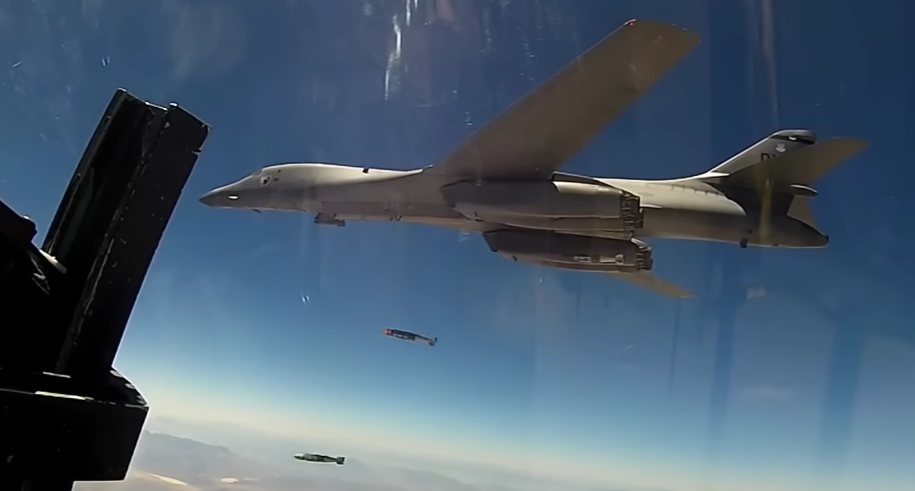
U.S. Launches Airstrikes on Iran-Backed Targets in Iraq and Syria: Retaliation for Deadly Attack
In response to a lethal attack on U.S. troops, the United States executed airstrikes in Iraq and Syria targeting over 85 locations associated with Iran’s Revolutionary Guard (IRGC) and its supported militias. Approximately 40 people were reported killed in the strikes, carried out using long-range B-1 bombers.
Retaliatory Measures:
The airstrikes were a direct response to the recent attack by Iran-backed militants in Jordan. The U.S. utilized strategic measures, deploying B-1 bombers flown from the United States for the first time. The retaliatory action is expected to be part of a broader response, with additional U.S. military operations anticipated in the coming days.
International Reactions:
Iran criticized the strikes, characterizing them as an “adventurous and strategic mistake” by the United States, escalating tension and instability. Iraq formally protested the use of its lands for settling scores between warring countries, summoning the U.S. charge d’affaires in Baghdad. The Popular Mobilization Forces, an Iraqi state security force with Iran-backed factions, reported casualties among its members.
Casualties and Impact:
In Syria, the strikes resulted in the deaths of 23 individuals guarding the targeted locations. U.S. Lieutenant General Douglas Sims acknowledged the likelihood of casualties but emphasized the success of the operation, triggering substantial secondary explosions from hitting militant weaponry.
U.S. Position and Intent:
U.S. Defense Secretary Lloyd Austin stated that these airstrikes marked the beginning of their response, emphasizing that the U.S. does not seek conflict but will not tolerate attacks on American forces. President Joe Biden has directed additional action against the IRGC and its affiliates.
Iran’s Stance:
Iran, a supporter of Hamas, has maintained a position of staying out of the direct regional conflict while backing groups in Lebanon, Yemen, Iraq, and Syria, forming the so-called “Axis of Resistance.” Despite the strikes, the Pentagon emphasized the avoidance of war with Iran, believing Tehran shares a similar stance.
Ongoing Developments:
Following these events, President Ebrahim Raisi of Iran affirmed that the country would not initiate a war but would respond strongly to any form of bullying. The international community, including Britain, expressed support for the U.S.’s right to respond to attacks, while concerns about the evolving situation continue.
Causalities and Warnings:
The strikes targeted various facilities, including command centers, rockets, missiles, and logistics supply chains. U.S. military assessments indicate that Iran-manufactured drones were responsible for previous attacks. President Biden issued a warning, stating that the U.S. response would continue at times and places of its choosing.
Regional Impact:
The strikes had repercussions in Iraq, with areas near civilian locations being affected. Despite U.S. claims of coordination with Iraqi authorities, Baghdad accused the United States of deception. The situation is evolving, with international leaders closely monitoring developments in the region.